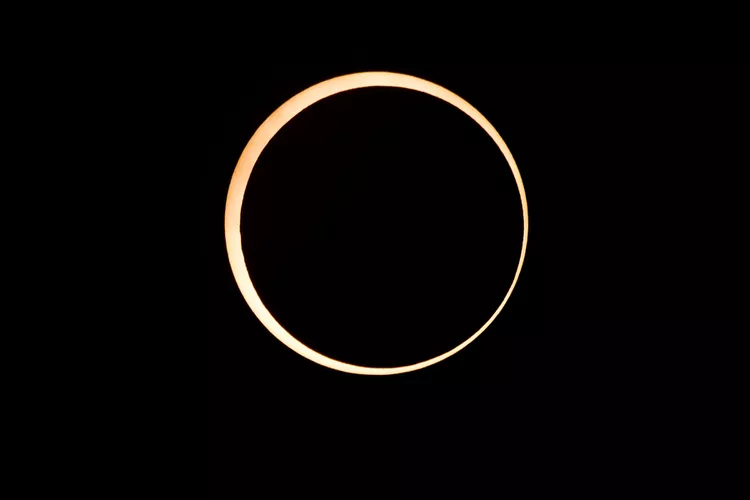1. Overview
The year’s supermoon bonanza may be behind us, but the sky has a host of stargazing treats in store this October. Get ready for two meteor showers, bright planet sightings, and arguably the most anticipated astronomical event of the year: the annular solar eclipse come mid-month.
These aren’t the only delights dancing in the night sky. As September’s strong aurora borealis shows proved, northern lights season is also in full swing — and now’s a great time to chase the spectacle. Here are some of the favorite spots to catch the lights around the world, from scenic hotels to Indigenous-led aurora experiences.
Ready to get skywatching? Soak up October’s dazzling nightscapes with these can’t miss interstellar sights.
2. Oct. 8-9: Draconid Meteor Shower Peak
The Draconids are a historically milder display, with up to 10 meteors per hour under ideal conditions at peak, according to EarthSky.org. This year’s Draconids peak — Oct. 8-9 — coincides with a 23 percent illuminated waning crescent moon; that means dark skies and potentially optimal viewing, if weather cooperates. Watch for sky streaks to the northwest on the evening of Oct. 8 through early morning Oct. 9. Find a dark-sky location, such as a national park, for the most impressive display.
3. Oct. 10: Moon Meets Venus
Venus, the sky’s third-brightest object (after the sun and moon), will near our lunar neighbor in the wee hours of Oct. 10 and 11, per EarthSky.org. To spot the duo, look to the eastern sky. Watch for shimmering Regulus, another piercingly bright space sight, just beside Venus both nights, too.
4. Oct. 14: Annular Solar Eclipse
All eyes will be on the sky for those in the annular eclipse’s path, known as the path of totality, on Oct. 14. This hyped event — when the moon crosses in front of the sun and covers all but a donut-shaped band of the orange orb — will be visible from southern through California, Nevada, New Mexico, Arizona, Colorado, Utah, and Texas, before passing into Mexico and concluding in Brazil, according to Sky and Telescope. To see this event, nicknamed the “ring of fire” for the moon’s bold orange border, accommodations should be secured as soon as possible. Skywatchers are traveling from all over to catch the phenomenon, which begins around 11 a.m. ET. You can still see a partial eclipse outside the path of totality; alternatively, watch it via NASA livestream. (If you’re viewing in person, don’t forget your solar eclipse safety glasses.)
5. Oct. 21-22: Orionid Meteor Shower Peak
Cue the stargazing awe: the Orionids, one of the most reliable meteor showers, will peak from Oct. 21-22 during the hours between midnight and dawn, according to Royal Museums Greenwich. You can also see the shooting stars in the days leading up to and after the event. The Orionids stem from Halley’s comet; debris from this renowned space object soar into our atmosphere at around 41 miles per second, creating a flurry of shooting stars that’s well worth staying up late. The moon is a relatively bright waxing crescent during peak, which means the 2023 Orionids aren’t optimal. However, it’s still worth heading out to a dark-sky park to give the Orionids a shot.
6. Oct. 23: Venus Reaches Greatest Elongation
Oct. 23 will be one of the best times of the year to catch vibrant Venus, the second planet from the sun. The planet will reach its greatest elongation (46 degrees), when it’s furthest from the sun’s glare, around 7 p.m. ET.




